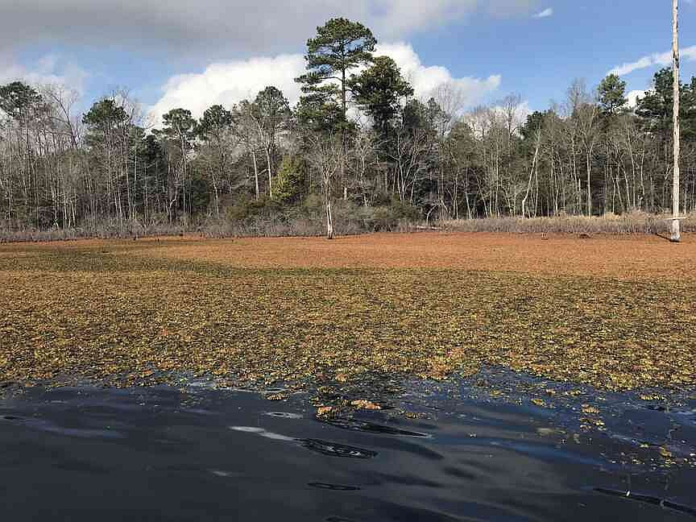Fall boating can mean peaceful days on Arkansas’ large reservoirs while many hunters begin to hit the woods instead of the water. Even with fewer boaters on the water, the threat of aquatic nuisance species infiltrating your favorite lake remains.
Aquatic nuisance species are non-native plants and animals that can cause ecological or economic harm, or even harm to human health if introduced to a body of water. These species rarely have any natural predator or environmental conditions to limit their growth and survival, which can allow them to establish, spread and out-compete native species for food or habitat that they need to survive.
Aquatic nuisance species account for more than $120 billion in damage each year in the U.S. They’re most known for blocking boat access to recreation or, in the case of silver carp, causing hazardous conditions for boaters. But these species cause much more damage than that.
Zebra mussels can completely clog water intake structures and affect public water supplies, power generation and many other industries. Invasive plants like giant salvinia can completely smother the shallow portions of lakes, choking out all life and blocking user access. Invasive carp species like silver carp do more than just jump from the water and cause hazards; they feed on plankton, which forms the base of the lake’s food chain. Left unchecked, they can limit growth and survival of other fish species.
Matt Horton, Arkansas Game and Fish Commission program coordinator, says 36 aquatic nuisance species have been documented in Arkansas, including plants, fish, mussels, snails and other types of organisms.




